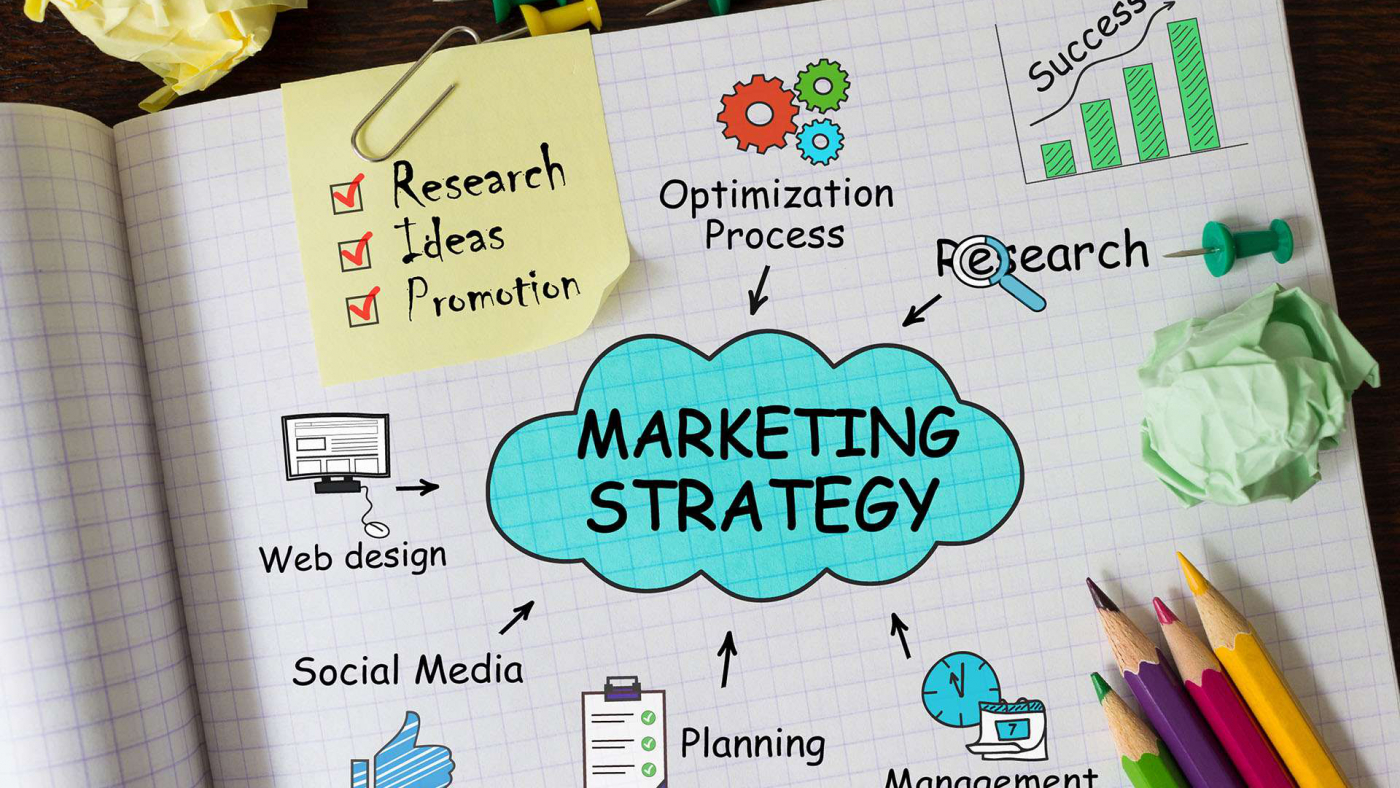We’re here to talk about the wondrous world of automated email marketing (not to be confused with unsolicited and undesirable spam).
Keeping your emails targeted to people who opted in to receive materials from you, and by keeping those emails personal and unique, you avoid being labeled as a dreaded spammer.
So, before you cringe at the idea of sending multiple emails to your clients that are predesigned with varying but highly specific themes, hear me out on this.
Email is a powerful marketing tool for any size business. And despite all the new and cool technologies and social media platforms out there, email is still the winning and preferred communication channel, hands down.
The very act of creating catchy emails to send out to prospective customers takes time, but understand that it’s time well spent and the return on this investment will speak for itself.
If done just right, with seasoned and catchy copywriting, it will create a buzz within your community and a surge in leads, click-through actions, and . . . drum roll, please . . . SALES!
So why do some people cringe when anyone brings up marketing automation or automated emails?
In the old days (and I use that term very loosely), marketing automation was synonymous with third-parties that inundated prospects with spam and blasted them with pop-up ads. Innocent, unsuspecting prospects would try to leisurely surf the web to no avail. That sort of automation is a terrible idea and will backfire every time.
I won’t argue with that. That sort of automation can be compared with a festering wound that nobody wants to endure. In fact, let’s just go ahead and wash our eyes of the idea right now. *shudder*
The type of marketing we’re talking about is today’s version, which is much more elite. Classy, even. And majorly effective.
What exactly is great Marketing Automation these days?
Glad you asked.
Marketing Automation, done correctly, is a series of personalized follow-up emails designed to fire at specific intervals after subscribers of your list take certain actions.
If you’ve sent one email out, and people haven’t responded, they will receive a second, even a third. And so on . . .
It is a known statistic that on average, people must see something several times before taking action on it.

Taken from web and would like to incorporate…Actually, research has shown that the number ranges from five to twelve, but seven is a good rule of thumb. The Rule of Seven is an old marketing adage. It says that a prospect needs to see or hear your marketing message at least seven times before they take action and buy from you.
Let me say that again: Statistically speaking, a prospect must see an offer several times before taking action on it.
So it’s your job to make sure they not only see it but want to make the decision to act.
This type of marketing affords many benefits for your business. Most scheduled, automated emails average over 70% higher open rates than one-offs and a whopping 150% higher click-throughs! Should we reference a source here?
The very act of designing email follow-up sequences in your application (or having an expert handle it for you) can mean your target audience is much more likely to follow through and make a purchase.
Once set up, the entire process is automated to target your specific audience and gently move them through the whole sales funnel without lifting a finger. Ahhhh, what bliss! Your only job is to sit back and reap the benefits of smart business decisions in marketing.
Examples of Automated Email Sequences
When a Product is Purchased
—Purchase
When a client makes a purchase, whether online or even from your physical retail store, you can set up an email to go out automatically at a predetermined time, thanking them for their purchase and letting them know their patronage was appreciated. A little nurturing goes a long way in fostering client relationships.
—Following a Shipment
This might be Email #2 in the above purchase sequence. For this email, you want to let them know their item has been packed up and is on its way to them. It is a good idea to include their tracking information so they can keep tabs on their shipment progress.
—After Shipment is Delivered
This would be Email #3 which acknowledges their package was delivered. It would also take a line to thank them, once again, for choosing your product/your business for their needs.
—Follow-Up Feedback
This is Email #4 in your automated email sequence for purchases. This email is sent about 3-4 weeks after Email #3 and reminds them, if they haven’t yet, to leave feedback on the product they’ve purchased from you. Reviews on products can bring in more sales, so this is very important to nurture.
—Abandoned Cart Sequences
This email automation sequence would be created for any time a person is shopping your site and adding things to their cart but left without completing their purchase. It is a great sequence to have set up because it helps you follow up on leads and oftentimes ends up with that sale being completed!
Don’t let this one slide. It can be set up with one email letting them know you’ve saved their cart and “don’t forget to complete your purchase.” A second email sent out the next day might offer them a modest discount to complete the sale, which offers more incentive to act. A third email could repeat the discount offer with more engaging content to invite them to click through and complete their purchase.
—Customer Appreciation Discounts/Sales Drives
This would be a sales drive you might be having storewide or on a specific product or just a customer appreciation discount offer.
Whatever the case, this is a good sequence that can be set up once, and forgotten while you do another important thing. It boosts sales in the background by setting up multiple invites and reminders for the sale. As your audience responds, you can have the system opt them out of the drive so they’re not unnecessarily bothered, but if they aren’t responding, they’ll continue to get reminders to lure them to click through.
This is a nurture campaign at its finest and used in marketing automation with excellent results.
The main thing to remember in any good marketing practice, as a whole, is to maintain a focus on dynamic automation. Make sure it you are dishing out rich and inviting content for your specific audience.
Be precise and ensure that the experience is completely personalized.
Hiring an outside service is the very best way to do this, at least at first. Not only will it build a foundation for you to build your own experience upon, but it will help you get started and you can reap the immediate benefits of such an interactive system. We invite you to schedule a free call with Manifesting Dreams Marketing to figure out a personalized plan for your business-specific needs.
Are you stuck? Contact us or Schedule a Call

